Norman Bethune is a member of the Canadian Communist Party and a well-known thoracic surgeon. In early 1938 he arrived in mainland China by way of Hong Kong to give support to the Chinese war against Japanese aggression. Appointed medical adviser to the Shanxi-Chahar-Hebei Border Region Military Base under the direction of General Nie Rongzhen, he treated a large number of wounded soldiers and sick villagers. In October 1939 Bethune cut his finger during an operation and contracted septicemia. He died of his wounds in Tangxian, Hebei, on November 12, 1939.
This exhibition starts with the three photographs took in those years by three photographers, Sha Fei, Wu Yinxian, and Luo Guangda, which share very similar composition while capturing the moments of a selfless and committed doctor at work. The most well-known, Bethune during an operation in a small temple in Sunjiazhuang, Laiyuan County, Heibe, was taken by Wu Yinxian in October 1939. It first appeared on July 7, 1942 in Shanxi-Chahar-Hebei Pictorial, a magazine founded by Sha Fei and published by the Political Department of the military area command. Luo Guangda, arriving with Wu Yinxian in Laiyuan to take photographs, also captured this remarkable image with his camera. Four years prior to this photo, Sha Fei had taken a large number of photos for Bethune in Wutai County, Shanxi. The three photographs recorded and reconstructed faithfully Bethune’s work and life in Shanxi-Chahar-Hebei between 1938 and 1939, including his death and posthumous events.
In Yan’an and the Shanxi-Chahar-Hebei Border Region Military Base led by the Chinese Communist Party, soldiers and villagers held a series of high-profile ceremonies and activities in his honor. Chairman Mao Zedong wrote for him an essay under the title “Learning from Bethune”. It was first included in Norman Bethune’s Commemorative, a book jointly published in 1940 by the Political Department and the Health Department of the Eighth Route Army. In 1952 this article was included in the Selected Works of Mao Tse-tung: Volume II, entitled “In Memory of Bethune”. In the 1960s, the widely published and read “Three Constantly Read Articles”, including “In Memory of Bethune”, and another two essays, in combination with a variety of literary and artistic works featuring Bethune, made his name known to every household.
With Betune’s assistance, the Shanxi-Chahar-Hebei Military Base gradually had its own fundamental medical service and started the training and education for medical stuff. After the founding of the P. R. C, Bethune actually became a synonym for medical care, particularly medical service in the military. The military base witnessed not only Bethune making significant humanitarian contributions to China but also the budding photography-based propaganda. In October, 1937 Sha Fei became the first trained professional photographer in the whole Chinese Communist army; in August 1938, Yan’an Film Troupe was founded; in January 1939, the Political Department of the military base published the stereotype edition of Wu Yinxian’s The Common Sense of Photography; the Photography Section was opened in the base in February 1939. With the formation and the planned and orderly development of the photography as a mechanism, aesthetics concerning photography also root took and grew…
As a photography producing mechanism advanced step-by-step, a unique aesthetic mechanism was constructed and established gradually. It is in here that propaganda photography for the Chinese Communist Party, its army, and even the New China was born and grew in an orderly fashion. As the photographers knew more and more about this medium, photography, overcoming the hard time during the war, had become an indispensable weapon and won general recognition from senior leaders of the Chinese Communist Party and its army. As the image of Bethune was created and became widely known, a well-constructed photographic archive of this hero was formed, becoming probably the most successful case of photographic practice in the Chinese Communist Party’s propaganda history which gains its importance through the process of the formation of the revolutionary images and state narrative as well as profoundly influencing the methodology of the latters. From a case in the united front, i.e., the effort to build Anti-Japanese alliance, to one of the symbols for exhorting grass-root communist members, and finally to a messenger of international friendship, Bethune’s image as a symbol of hero, accompanied by the evolution of photography, became a classic reference in the construction of communist ideology.
Sha Fei (1912-1950), originally named Situ Chuan, native of Kaiping, Guangdong, was born in Guangzhou. After joining the Eighth Route Army in October 1937, he was appointed as director of the photography department of Shanxi-Chahar-Hebei military area and put in charge of Shanxi-Chahar-Hebei Pictorial and North China Pictorial. He is one of the pioneers of journalistic photography in China.
Wu Yinxian (1900-1994), native of Shuyang, Jiangsu. Wu Yinxian arrived Yan’an in August 1938, he had served as the leader of the Photography Team of the Film Troupe of the General Political Department of the Eighth Route Army in Yan’an, section head of the Technology Division of Northeast Film Studio. He had made outstanding contributions to development of the photography art and photography education for New China.
Luo Guangda (1919-1997), native of Wuxing, Zhejiang, arrived Yan’an in 1938. In the winter that year, he was sent to the Political Department of Shanxi-Chahar-Hebei Military Area Command as a photojournalist. He established Hebei-Rehe-Liaoning Pictorial in 1944. He has taken many historical document photographs about the party and the army.

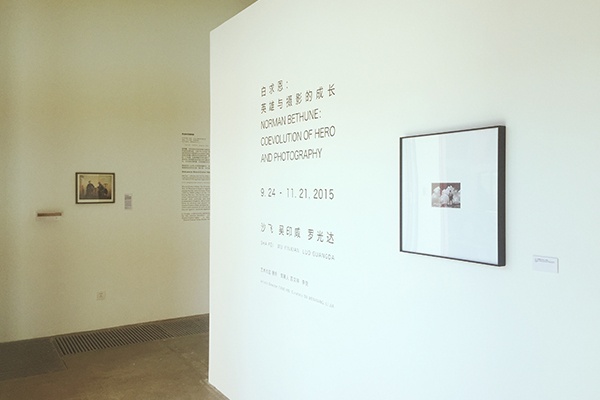 Installation View
Installation View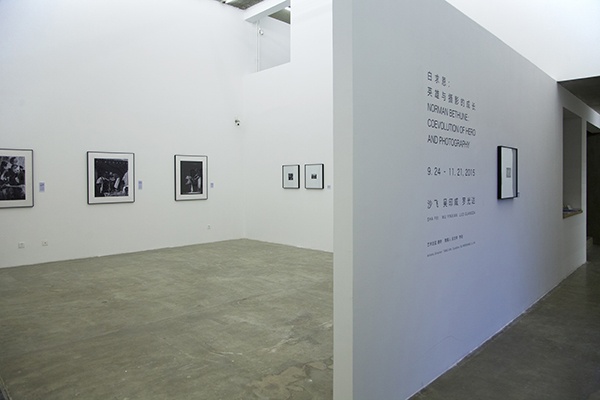 Installation View
Installation View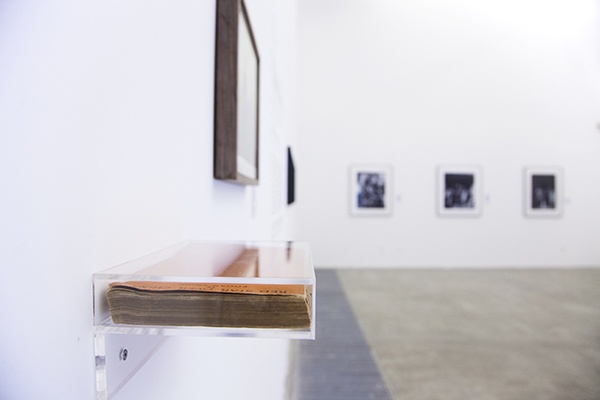 Installation View
Installation View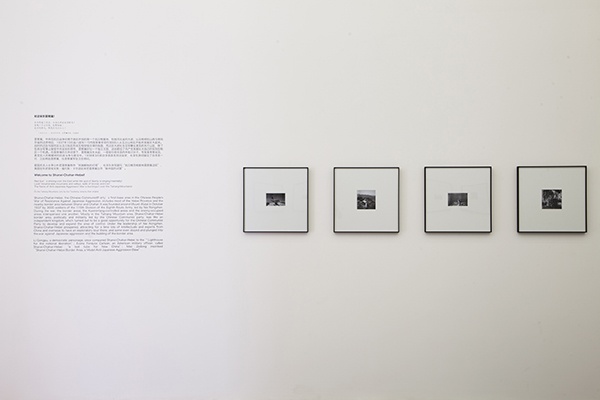 Installation View
Installation View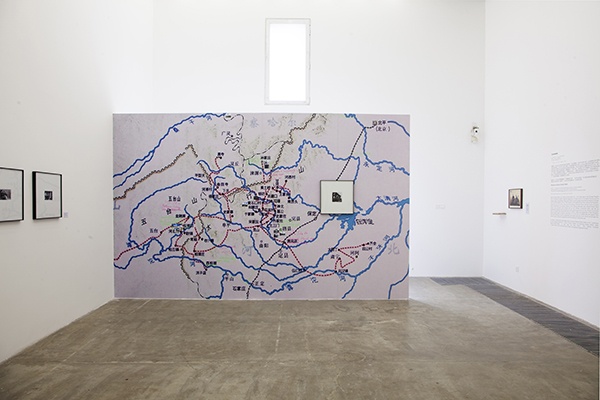 Installation View
Installation View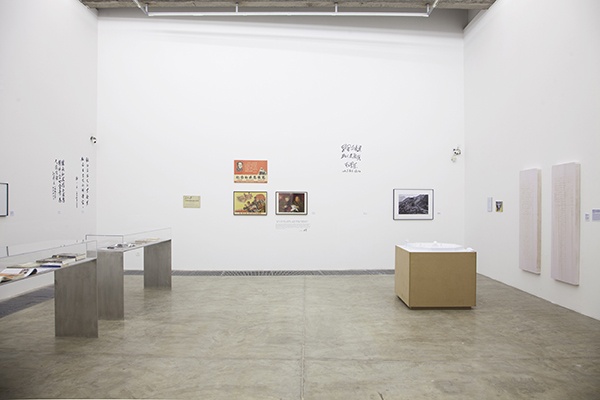 Installation View
Installation View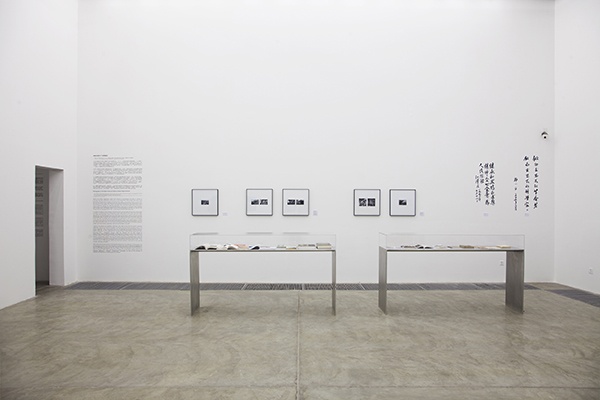 Installation View
Installation View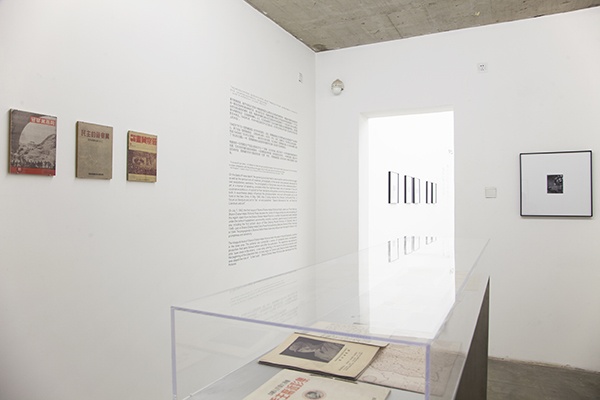 Installation View
Installation View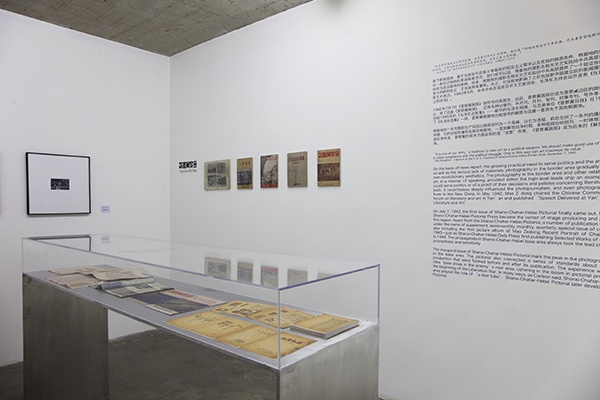 Installation View
Installation View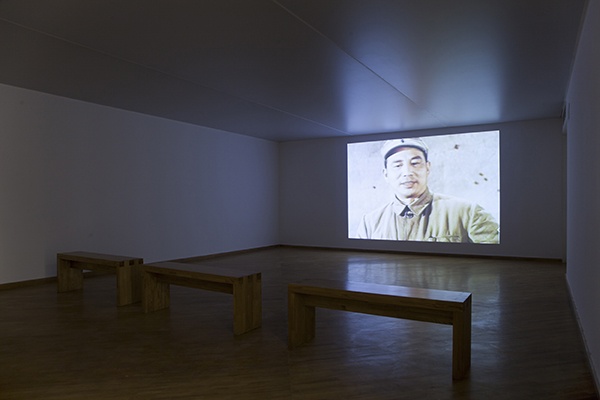 Installation View
Installation View





